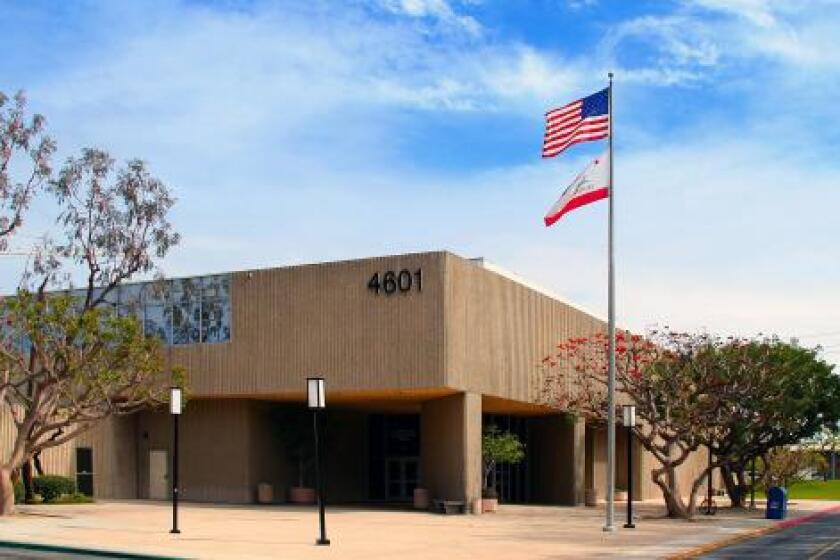City fined for not reporting sewer leaks
- Share via
Tariq Malik
HUNTINGTON BEACH -- Mayor Pam Julien Houchen, on behalf of the city,
pleaded guilty Wednesday to three criminal counts in connection with
widespread sewer leaks during the 1990s.
Orange County Supreme Court Commissioner Martin Engquist put the city
on five years’ probation, and fined it $75,000 for violating sections of
state water code governing negligent and intentional discharge of
pollutants.
The violations are divided over three years from February 1997 to
February 2000. Each carry a $25,000 fine that will be suspended until the
probation is completed.
As part of the plea agreement, the city is ordered to spend at least
$250,000 to assess and clean up any remaining sewage residue.
The Orange County Grand Jury has been investigating allegations that
the city failed to properly report leaks in broken sewer lines in its
Downtown and Old Town areas. The investigation began in early January,
when city officials gave testimony before the grand jury on the matter.
The Orange County district attorney office’s Environmental Protection
Unit jointly investigated the case with the Santa Ana Regional Water
Control Board.
“The city has spent $4 million on these repairs, which is already
completed,” said City Attorney Gail Hutton, adding that the city has used
state-of-the-art equipment for the project. “We will be complying with
this probation order completely.”
Julien Houchen left the courtroom immediately with City Administrator
Ray Silver before being able to comment on the hearing.
Ironically, the issue was spawned by the city’s own efforts to learn
the state of its sewer infrastructure.
In 1996, the city used a video camera to survey its sewer system,
ultimately finding massive leaks in pipes. City officials said the waste
water system beneath those sections of the city are largely outdated,
some up to eight decades old, and are made of clay.
Actual repair work began in October 1998, with a slip-lining process
that affixes a mixture of fabric and epoxy to the inside of the broken
sewer lines that, when heated, hardens into a plastic and in essence
creates a new inner pipe.
City officials said slip-lining work in the entire Downtown-Old Town
area was completed in December, but not before the water quality control
board issued a cleanup and abatement order that mandates a study to
determine the possibility of contamination to ground water or the ocean.
Kurt Berchtold, assistant executive director of the water board, has
said the agency was not notified of the leaks in 1996 and wanted to
ensure that any remaining sewage from the leaks would be cleaned.
The board has stated that more than 70,000 gallons of sewage may have
been released from broken pipes before the waste water lines were fixed,
though that figure has been disputed by city officials who claim there’s
no way to verify that number.
“I think this is really a message for all communities on the
importance of maintaining their infrastructure,” said Rich Barnard, city
spokesman. “It’s something that must be maintained on the local and state
levels.”
In the months since the board’s cleanup order, the city has hired a
hydrologist to drill test wells around the Downtown area to determine
whether any leaked sewage remains and the extent and direction of the
contamination, if any. Results from that study are due out this week.
City officials have revamped their sewage spill reporting protocols to
avoid similar problems in the future. The City Council approved a sewer
fee for residents and businesses to generate revenue for sewer
maintenance, operation and rehabilitation.
The fee will appear on water bills and is similar to one rejected by
the council in 1996, which would have generated about $1 million
annually. The actual cost of the new fee for residents and business
owners has not been determined.
All the latest on Orange County from Orange County.
Get our free TimesOC newsletter.
You may occasionally receive promotional content from the Daily Pilot.



